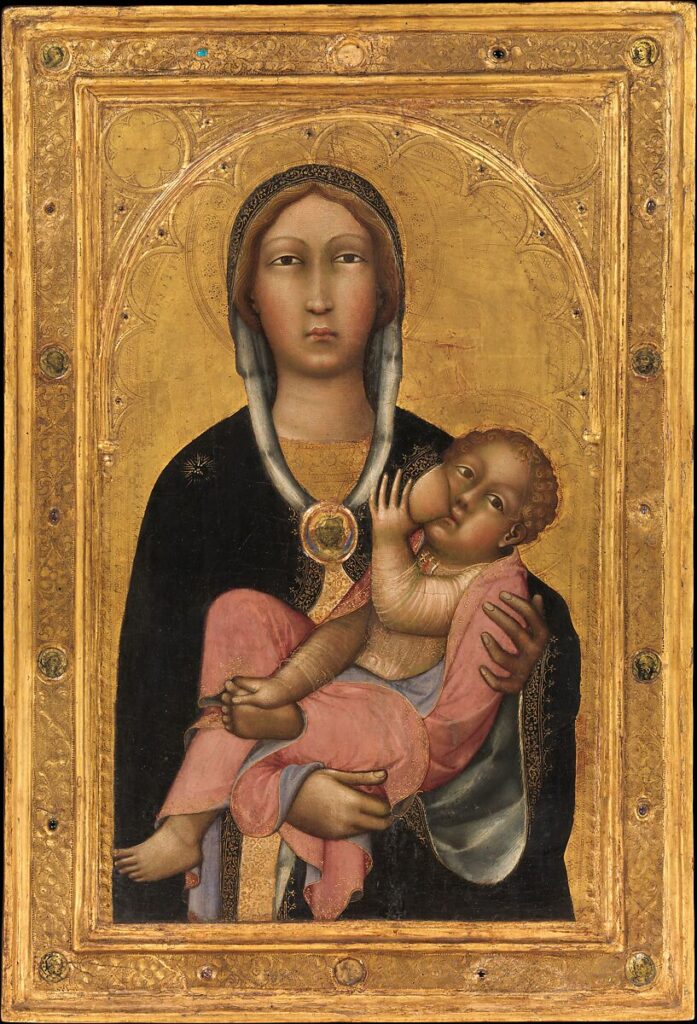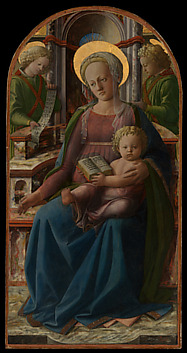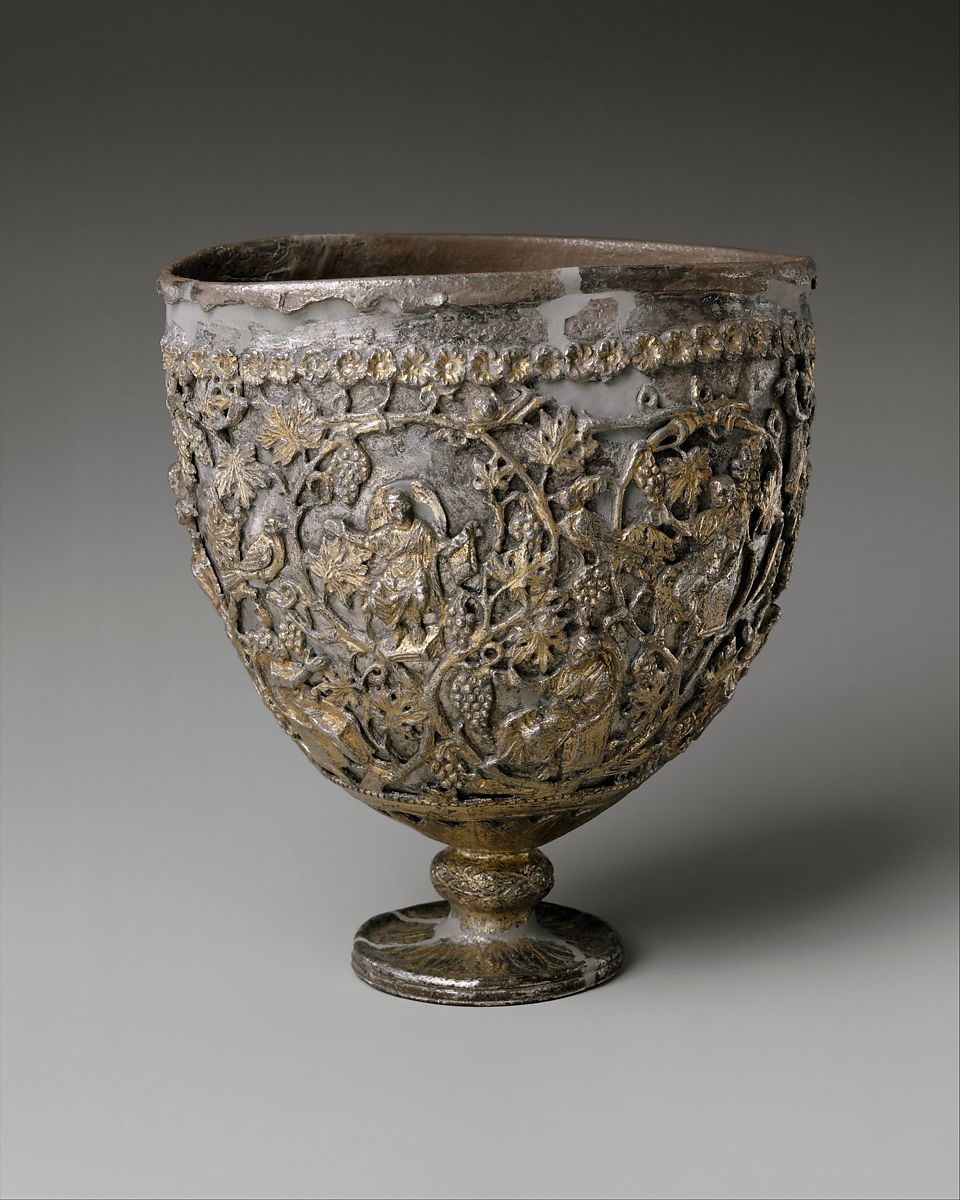
The Madonna and Child of the 1370s looks very different
Paolo di Giovanni Fei. This independent panel depicting the Madonna nursing her child is among the masterpieces of the Proto-Renaissance in fourteenth-century Sienese painting. It transforms the ordinary maternal activity into a symbol of devotion and is painted with Fay’s particular sense of decorative richness and technical sophistication. The hands and feet of both Mary and the child acquire corporeality, the infant is drawn in motion and becomes more lively rather than iconic. The anatomy is still quite bad, and the mother’s breasts are clearly out of place, but the movement toward development is very significant.
Let us turn to the major innovator of the early Renaissance. Madonna with Child on Throne with Two Angels. ca. 1440. Fra Filippo Lippi A completely different image.

The Virgin holds a rose as the Bride of Christ and sits on the Throne of Wisdom. The scroll held by the angel reads, “Come to me, all you who desire me, and be satiated with my fruit.” (Ecclesiastes 24:19) The painting is the center of an important triptych. Lippi was the most innovative painter in Italy and was attentive to Dutch painting: notable here are his varied exploration of light and the active pose of the child, perhaps inspired by Donatello’s sculpture. The throne on which the Madonna sits takes on perspective and volume, as does the architecture behind her. There is nothing flat in this image. The features of Mary and the child surely have specific prototypes. And here we can say that the Renaissance is rightly called a return to man. And then artists play with form and in Giovanni Bellini’s Madonna with Child and Saints, the image has volume, but goes into sculpture. If we step away from the color scheme and present the image in monochrome, we see a beautiful three-dimensional, static sculptural image.

 " alt="The Madonna and Child." loading="lazy">
" alt="The Madonna and Child." loading="lazy">



